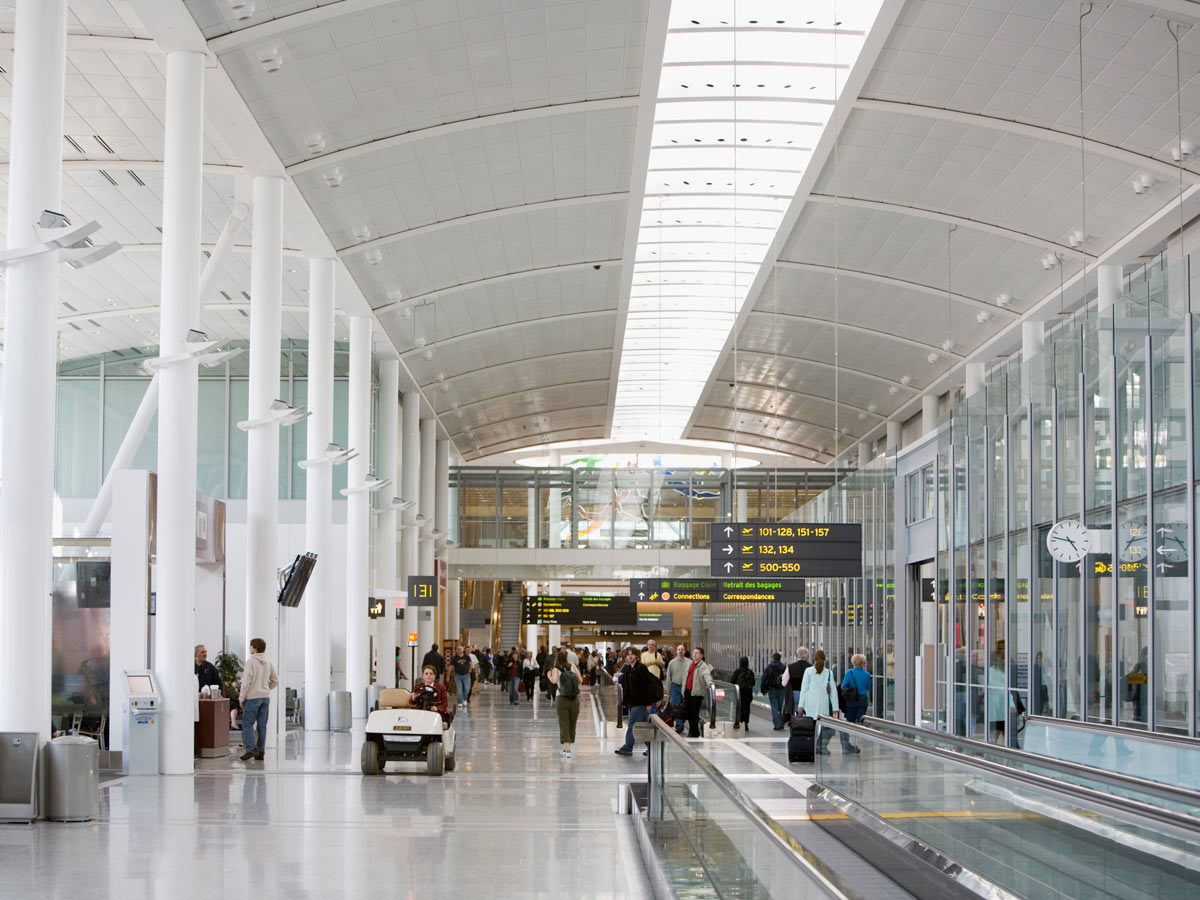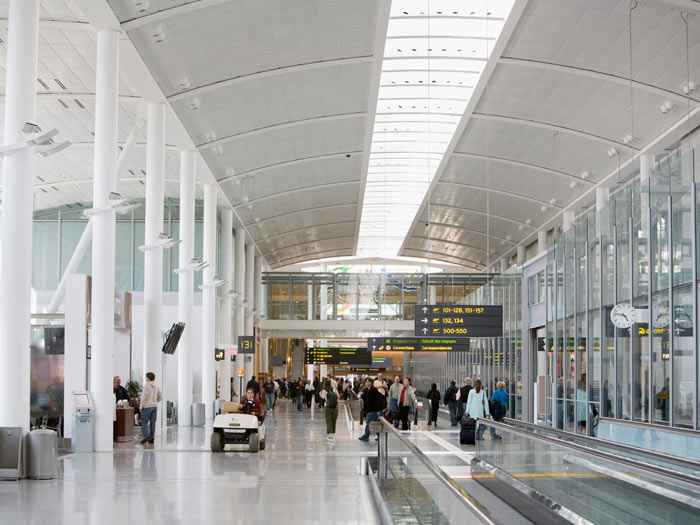
Betting (too) big on immigration
 In 2022, Canada had an immigration backlog of about two million cases (citizenship, work permits, temporary residence, etc.) (Getty Images/Stuart Gregory)
In 2022, Canada had an immigration backlog of about two million cases (citizenship, work permits, temporary residence, etc.) (Getty Images/Stuart Gregory)
To offset the effects of an aging population, Canada is banking on its ability to attract and integrate immigrants. This strategy has generally been successful in the past, with Canada welcoming proportionally more immigrants than any other G7 country. Canada also has a high and stable retention rate, with full economic integration for second-generation immigrants.
The federal government is now planning to pick up the pace. Its target for 2025 is 500,000 immigrants, up from 465,000 expected in 2023 and 405,000 welcomed in 2021. This represents more than one per cent of the population.
Unfortunately, past success does not guarantee future success, and the rising number of newcomers will exacerbate some of the challenges we currently face.
AN OVERBURDENED SYSTEM
The immigration system is already cracking under the strain. In 2022, the backlog was about two million cases (citizenship, work permits, temporary residence, etc.), half of which are expected to be processed within normal timeframes—which is not to say quickly, by any means. The backlog had already grown by the summer of 2021, as immigration picked up after the early pandemic slowdown. In other words, current processing rates are already problematic while we’re below the 2025 targets.
Meanwhile, irregular immigration, meaning the illegal crossing of Canada’s borders, resulted in nearly 65,000 asylum claims in 2022—twice as many as the worst year of the preceding 10 years and five times the annual average. The closure of Roxham Road will provide some relief, allowing efforts to be focused on processing “official” refugee cases while easing pressure on a system with limited resources, but it won’t solve everything.
I'm also not sure we can provide affordable housing for these newcomers. While the pandemic saw historic acceleration in residential construction (comparable to the 1970s), Desjardins estimates that an additional 40 per cent increase in construction activity will be required to respond to the growing need.
In an industry facing labour shortages and low productivity growth, a 40 per cent increase seems like an unattainable goal. Pressure on housing costs will continue to be an issue—especially for immigrants, who are generally paid less when they arrive and who are already twice as likely as non-immigrants to spend 30 per cent or more of their income on housing costs.
LONG-STANDING ISSUES
The geographic distribution of immigrants is another recurring issue. Newcomers tend to settle in large cities—they are overrepresented in Toronto, Vancouver, Calgary, Edmonton and Winnipeg—which poses problems for population renewal and economic growth outside the major centres. They also face more precarious living conditions in large cities, where the cost of living is high. Meanwhile, the Maritime provinces are receiving fewer immigrants, exacerbating the challenges associated with an aging population.
Another persistent problem is overqualification, particularly among university-educated immigrants, who are 45 per cent more likely than non-immigrants to be overqualified for their jobs. Not surprisingly, this gap is largest when they first arrive in Canada, and while it decreases over time, it never completely disappears.
The use of temporary foreign labour is also an ongoing issue. In 2019, there were seven times more temporary foreign workers than in the early 2000s. More recently, the number has stabilized around 750,000, but it is expected to rise again with changes to the program made in 2022. While this low-cost (but also more vulnerable) workforce will fill more lower-skilled, recurring jobs, it is not an “efficient” approach to immigration, as the transition rate to permanent residence is low.
GROWTH AT ALL COSTS?
A Canada with a population of 100 million by the year 2100 and an economy that grows accordingly are not necessarily laudable goals. What we want is a better and more affordable standard of living for Canadians (in other words, high per capita GDP) in a united Canada—again, bearing in mind that there is a maximum capacity for what we can absorb. The government is biting off more than it can chew; rather than simply increasing immigration targets year after year, it should prioritize the quality of immigration and improve our integration services.
MORE ON THE ECONOMY
Check out David-Alexandre Brassard’s thoughts on other economic topics, such as: Is it harder for young people to get ahead today? And Is the Canadian banking system as solid as it is said to be?